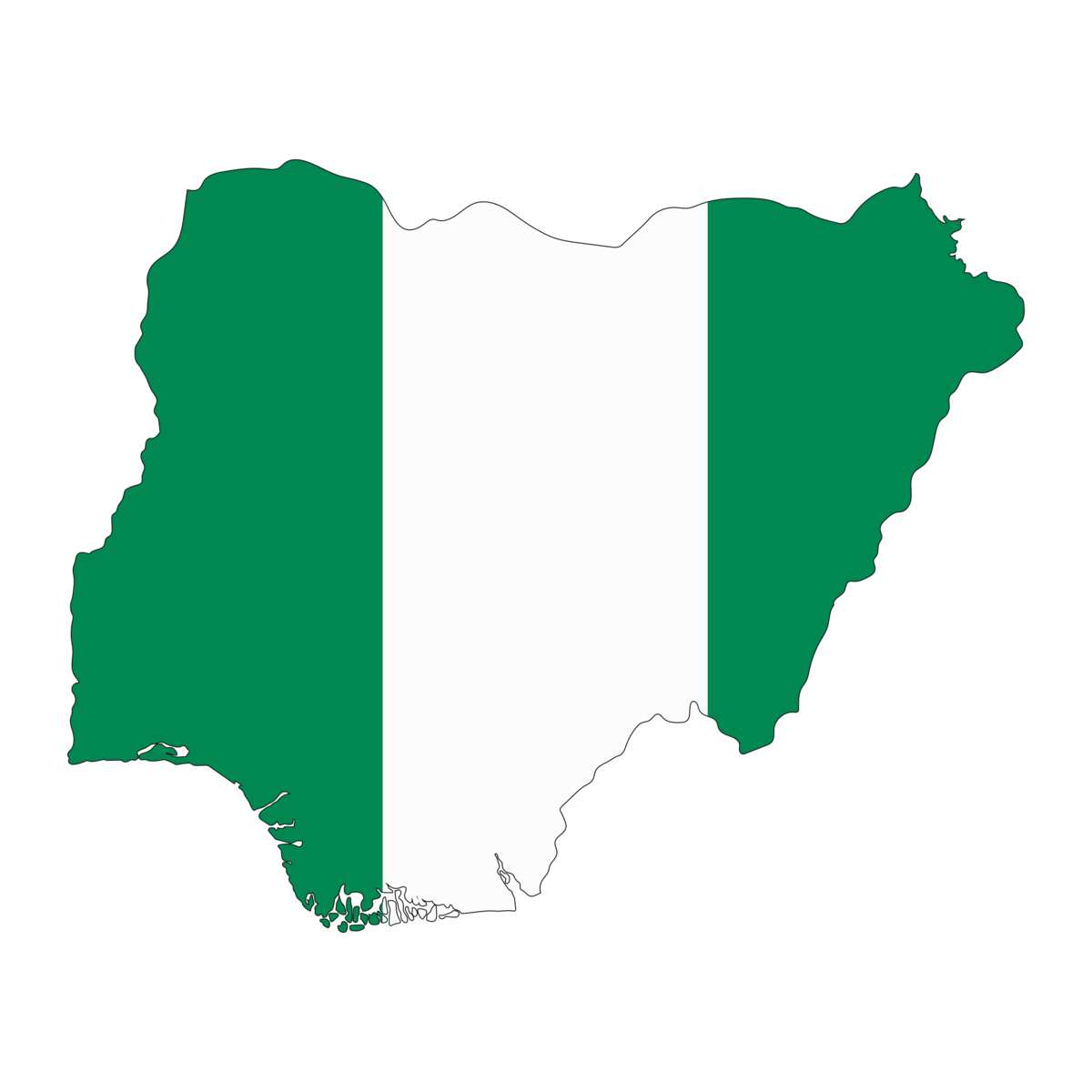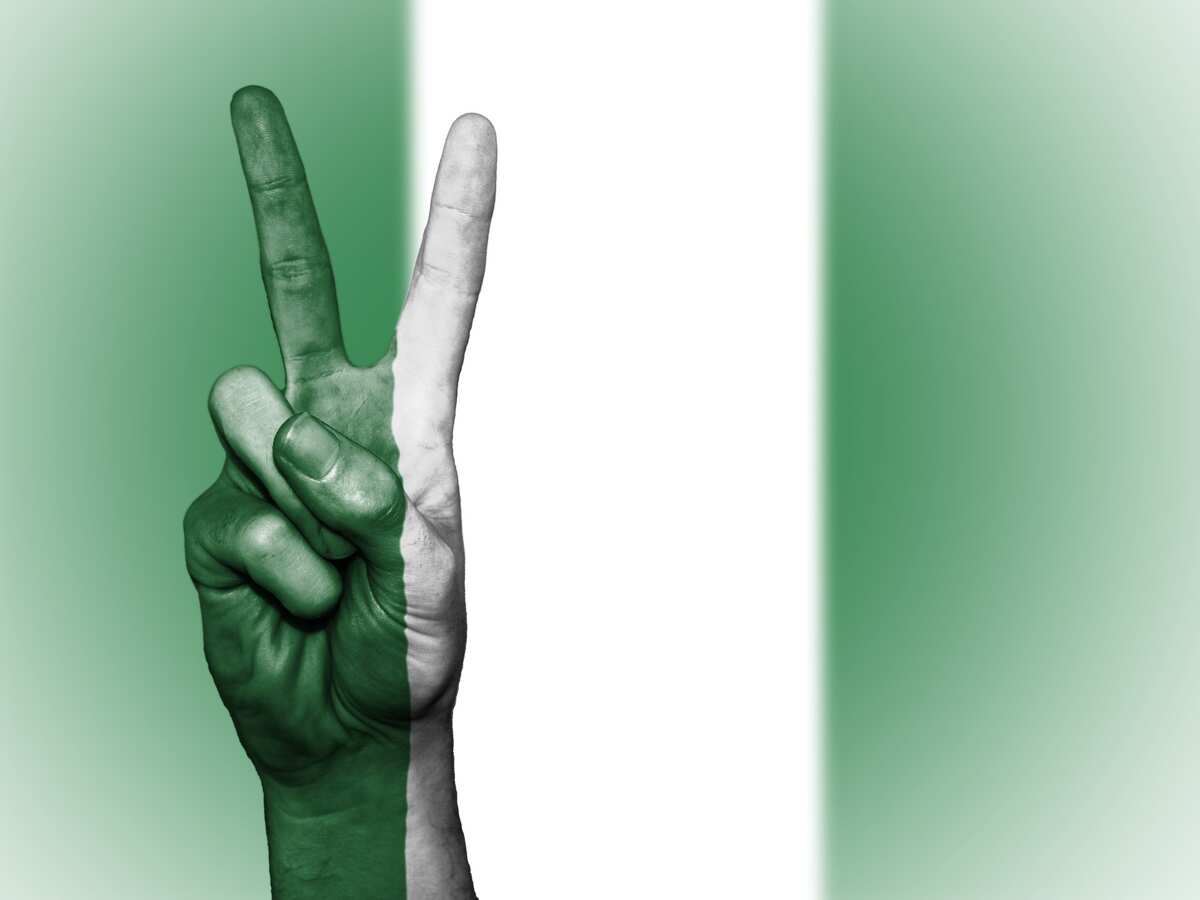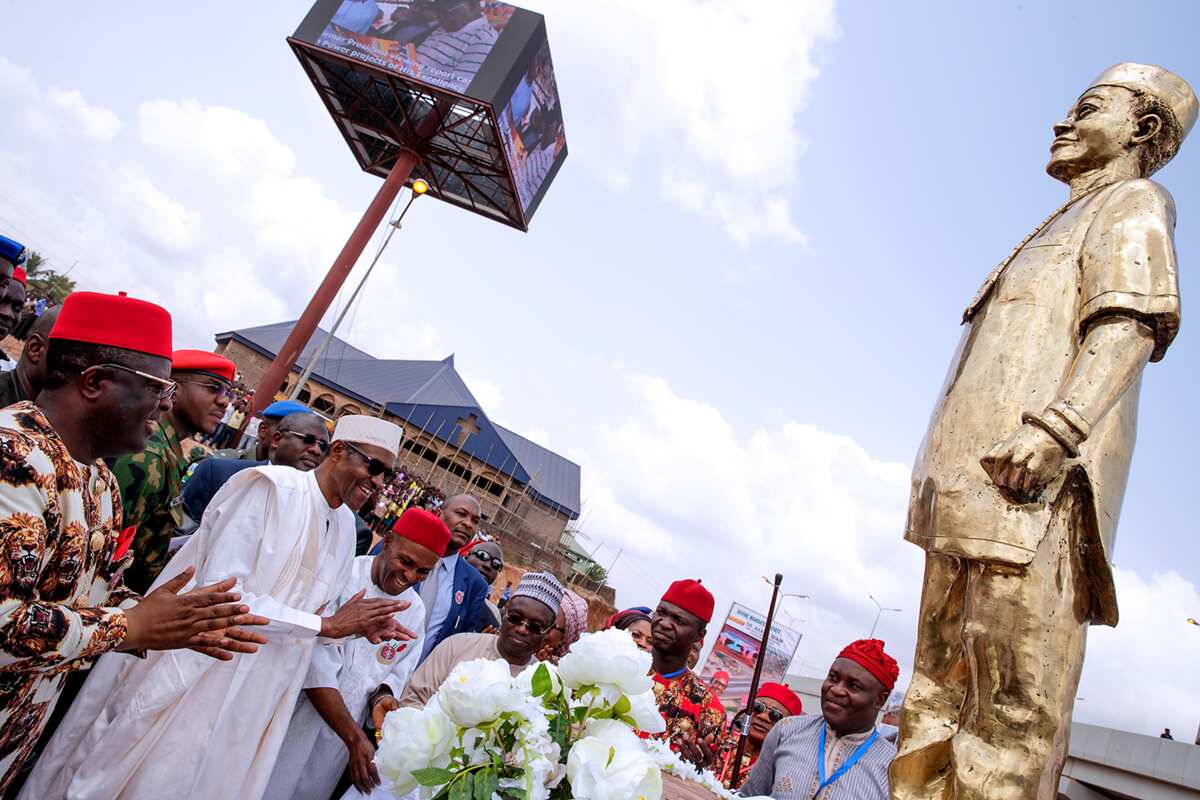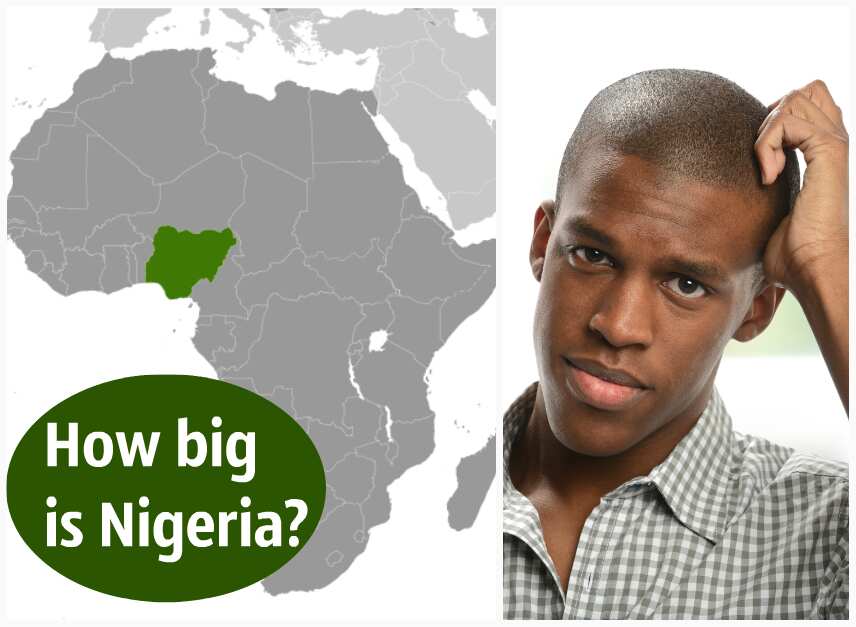Nigeria is the most densely populated country in Africa. According to Worldometer, the current population of Nigeria is over 218 million. The country has 36 states, and the whole country's population is spread out in these states. The landmass of the states is not equal, and so is the population. What is the smallest state in Nigeria by landmass and population? You may need to find out.

You may find that larger states have fewer people while smaller ones have a lot of people. It is essential to note the smallest states of Nigeria are located in the southeastern part of the country, while the largest are found in the Northern part of the country.
The smallest states in Nigeria by land mass
Below is a list of the smallest states in Nigeria. They are arranged from the smallest in terms of sq. km of land area to the largest with their population sizes as of the 2019 census.

Read also
4 reasons why Ondo is blessed by God more than all other states in Nigeria
10. Lagos State - 3345 km²

- Capital: Ikeja
- Total area: 3345km²
- Population: 12,772,884
Lagos is the smallest state in Nigeria. It has a size of about 3,345 square kilometers. Yet, surprisingly, Lagos happens to be the most densely populated state in the whole country.
Lagos is arguably the most important state in the economic part of the country. It borders Ogun State to the north and the east, making it the only state to border only one state.
9. Anambra State - 4,844 km²

- Capital: Awka
- Total area: 4,844 km²
- Population: 5,599,910
Anambra State is found in the southeastern part of the country. This state borders Kogi State to the north, Enugu State to the east, Imo State to the south, and Delta State to the west.
The Anambra is home to millions of people. It is rich in crude oil, bauxite, ceramic, and natural gas.

Read also
What's the most populated city in Nigeria
8. Imo State - 5,530 km²
- Capital: Owerri
- Total area: 5,530 km²
- Population: 5,167,722
The Igbo people have inhabited Imo State for years, although there are other ethnic groups. They are the dominant ethnic group in the Imo state.
As of 2016, it had a population of about 3,927,563 people. The state's economy is highly dependent on agriculture, mainly palm oil production.
It has many natural resources, which include solar, wind power, zinc, calcium, crude oil, natural gas, and calcium carbonate. In addition, the profitable flora available includes rubber trees, bamboo, obeche, mahogany, palm oil, and iroko.
7. Ebonyi State - 5,533 km²

- Capital: Abakaliki
- Total area: 5,533 km²
- Population: 3,007,155
Nicknamed the "salt of the nation," Ebonyi State is located in the country's southeastern region. It borders Enugu, River and Venue States. The Igbo language is the dominant language in the Ebonyi.

Read also
Anambra State history: major facts to know
The state's economy depends on agriculture, mainly palm oil, rice, and yams. A notable geographical feature is the cross river and its tributary river, known as the Aloma. Both rivers flow along the Southeastern part of the cross river and the eastern part of the Aloma river.
6. Abia State - 6,320 km²
- Capital: Umuahia
- Total area: 6,320 km²
- Population: 3,841,943
Abia State, as of 2016, had a population of 2,845,380 people, with the Igbo people being the dominant ethnic group. Important geographical features include the Niger Delta swamp forests and cross Niger transition forests.
Other notable features include the Abia and Imo rivers flowing through the southern and western borders.
5. Ekiti State - 6,353 km²
- Capital: Ado Ekiti
- Total area: 6,353 km²
- Population: 3,350,401
Ekiti borders Kogi, Keara, and Ondo States. The state was named after the ethnic dominant group Ekiti, a Yoruba subgroup. It was formed from a part of Ondo State in 1996.

Read also
Top fascinating facts about Nigeria
4. Akwa Ibom State - 7,081 km²
- Capital: Uyo
- Total area: 7,081 km²
- Population: 4,780,581
Akwa Ibom is the 15th most populated state in Nigeria. Important geographical features in this state are the Imo rover and the cross rivers.
The Stubb's Creek forest reserve is in the state's southeastern part. The reserve is home to highly threatened wildlife, including putty-nosed monkeys, red-capped mangabey, Sclater's guenon, and a declining crocodile population.
Politics in the Akwa Ibom State is dominated by three ethnic groups: the Oron, Anang, and Ibibio. The Ibibio, however, are the major ethnic group in the state.
3. Enugu State - 7,161 km²
- Capital: Enugu
- Total area: 7,161 km²
- Population: 4,396,098
Enugu is situated in the southeastern part of the country. It was created in 1991. The state borders Venue and Kogi to the north, Ebonyi State to the southeast and east, Anambra State to the West, and Abia State to the South.

Read also
Top 10 oil producing states in Nigeria
Enugu State is named after its capital city known as Enugu. The state is dominantly inhabited by the Igbo people, with the minority groups including the Idoma and Igala people.
Economically, it is known for trading and services plus agriculture of cocoyam, rice, palm oil, yams, and cassava.
2. Osun State - 9,251 km²

- Capital: Osogbo
- Total area: 9,251 km²
- Population: 4,237,396
The state of Osun is located in the southwestern region of Nigeria. It is named after the river Osun which flows through the state. Among the 36 states of Nigeria, Osun is the smallest state in terms of area and the nineteenth most populated state.
Notable geographical features include Osun and its tributaries- the Oba and Erinle rivers- that run through the state. It is also home to the purple heron, the common kestrel, the Mona monkey, and the royal antelope.
Osun State is mainly inhabited by the Yoruba ethnic group, mainly by the Info, Ijesha, Igbemina, Oyo, and Ibolo subgroups.

Read also
10 poorest countries in the world
1. Bayelsa State - 10,773 km²

- Capital: Yenagoa
- Total area: 10,773 km²
- Population: 2,394,725
Bayelsa is located in the core of the Niger Delta, which is rich in oil. This means that economically, Bayelsa State is dependent on producing petroleum jelly. In addition, it is the home of the Oloibiri oilfield, where oil was first discovered in Nigeria.
It includes eight Local Government Areas: Yenagoa, Ogbia, Nembe, Opokua, Brass, Sagbama, Southern Ijaw, and Ekeremor. The Ijaw language is dominant in the Bayelsa state. Also, it is the ancestral land of the Urhobo people in the region of Sagbama.
Despite being nicknamed the glory of all lands and the home of the largest crude oil and natural gas deposits, this state is plagued by poverty and oil pollution. This state also has the Atlantic Ocean on its southern borders.
The smallest states in Nigeria by population

Read also
These facts will make you want to learn more about amazing Nigeria
Which is the smallest state in Nigeria by population? Bayelsa State is the smallest. Below is a table of the 10 smallest states in Nigeria and their population as of the 2019 census. They are:
| State | Population (2019) |
| Bayelsa State | 2,394,725 |
| Nasarawa State | 2,632,239 |
| Ebonyi State | 3,007,155 |
| Kwara State | 3,259,613 |
| Taraba State | 3,331,885 |
| Ekiti State | 3,350,401 |
| Yobe State | 3,398,177 |
| Gombe State | 3,623,462 |
| Abia State | 3,841,943 |
| Kogi State | 4,153,734 |
Nigeria is a vast country in terms of both area and people. Africa's most populous country has a population of almost 200 million people. Lagos is the smallest state in Nigeria by landmass, but it is the most densely populated in Nigeria.
READ ALSO: Top 10 largest states in Nigeria by land mass: List with details
Legit.ng recently published an article about Nigeria's top 10 largest states. Each of Nigeria's top ten largest states by land mass is distinguished by geography, culture and population. They are also subdivided into various Local Government Areas.

Read also
What is the most populated city in Africa?
Are you curious to know if your state falls under this category? Have a look at this article to find out more.
Source: Legit.ng
ncG1vNJzZmivp6x7rbHGoqtnppdkrrS3jKWcoKGkZH51hY9pbmtlp52utXnSppilpJWowW6%2F05qrnmWenrSmvsiaZJuxXaGur7DMmqqsZaCkvba4wK2gqKZf